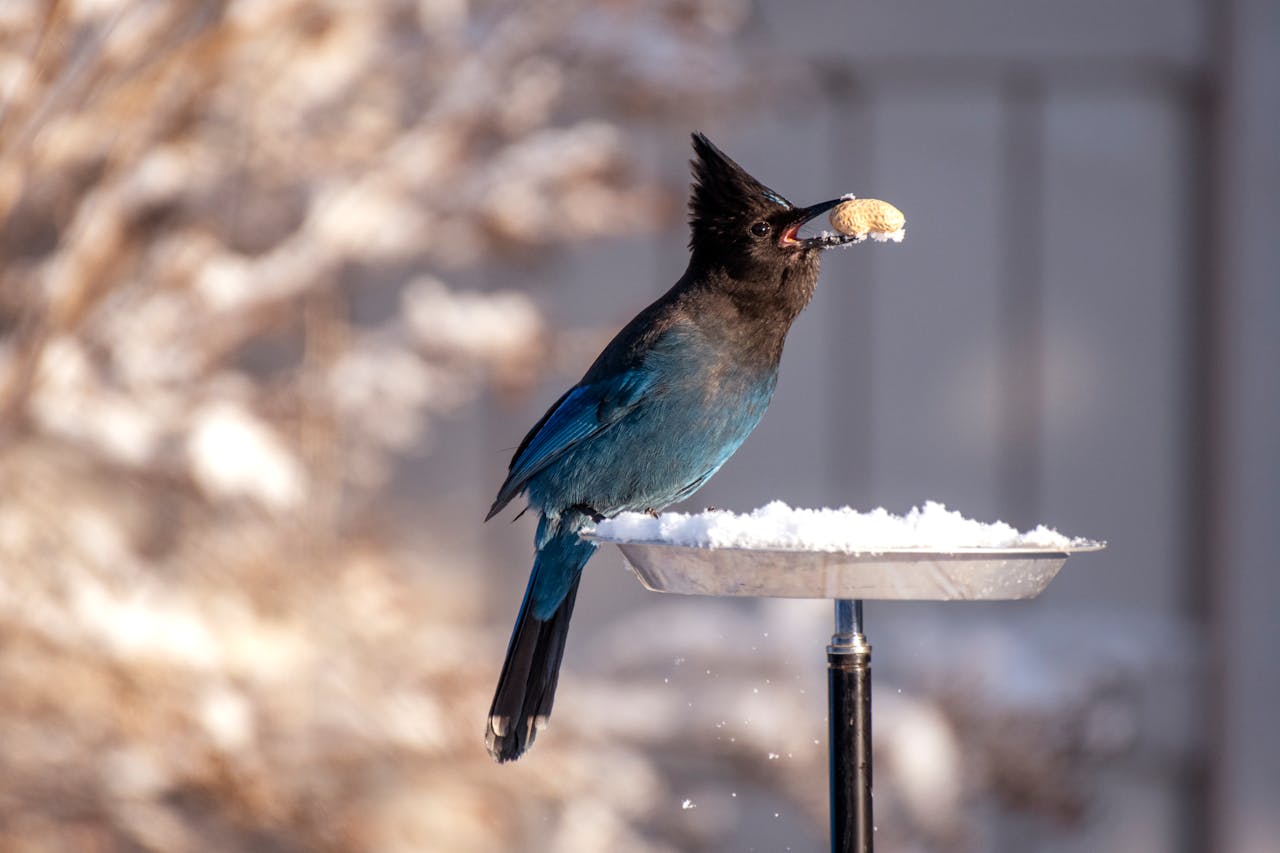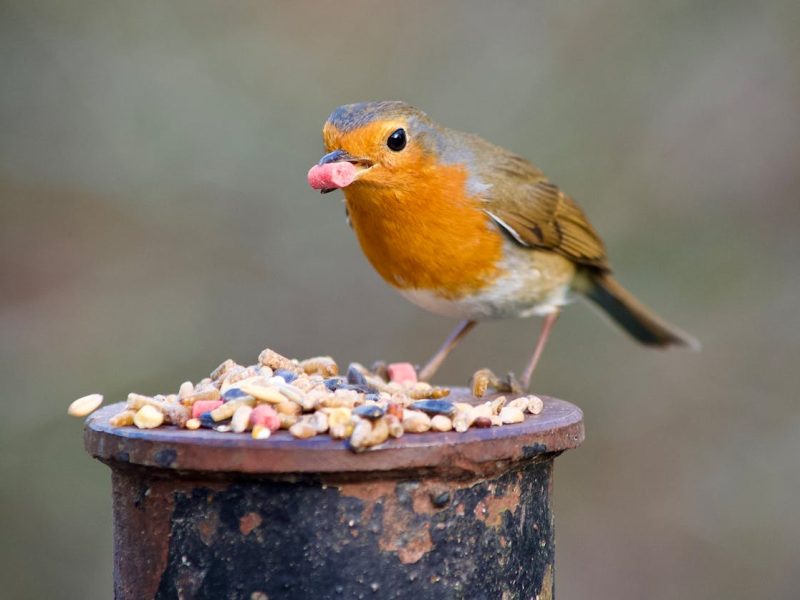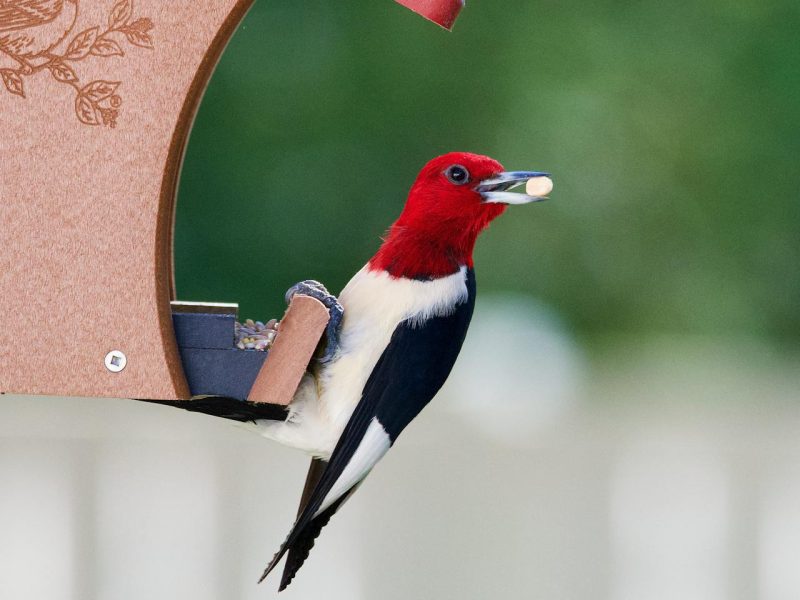Watching birds in your backyard is such a delightful experience. Their vibrant colors, unique songs, and lively behaviors bring joy to many nature lovers. To attract feathered friends, you’ll need the right bird feeder. With so many options, picking one can feel overwhelming. This guide simplifies the process, ensuring your feeder suits the birds you want to attract and your yard’s conditions.
Consider the Birds You Want to Attract
Not all birds eat the same foods or feed the same way. Knowing which species frequent your area narrows down suitable feeder types. orioles and hummingbirds sip nectar, while finches and cardinals prefer seeds. Researching your local birds’ preferences helps you choose correctly.
I made the rookie mistake of buying a generic feeder without considering my backyard visitors. I ended up attracting mostly house sparrows, and awesome birds but not the variety I hoped for.
Think About Placement
Where you hang or mount your feeder impacts which birds visit and how safe they feel while feeding. Most birds prefer feeders placed:
- Near dense shrubbery or trees with low branches to provide cover from predators.
- At least 5-6 feet from the ground, high enough to deter cats, raccoons, etc.
- Facing the direction you can easily view the feeder.
- Close enough to comfortably refill and clean the feeder.
When I first put up a feeder, I hung it too low and far from the cover. The birds avoided it until I repositioned it higher near my hedges. Their frequent feeder visits prove placement makes a huge difference!
Pick a Feeder Style
Like feeding preferences, birds have different feeder style needs.
The main categories include:
- Hopper Feeders: With a roof and vertical feeder ports along the sides, these suit birds like cardinals and grosbeaks that cling and feed. Look for models with integrated seed-catching trays.
- Tube Feeders: Featuring multiple feeding ports and perches, these cylindrical feeders work well for clinging birds like chickadees and finches. Choose sizes based on how many birds you want to attract.
- Suet Feeders: Offering nutrient-rich insect-suet cakes or bricks, these attract insect-eating birds like woodpeckers, nuthatches, and jays. Look for tail-prop designs that make accessing the suet easier.
- Window Feeders: Mounted directly on windows with feed visible from inside, these provide up-close viewing. Perfect for smaller yards and apartment dwellers!
- Feeder Accessories: Special attachments like seed-catching trays, squirrel baffles, and weather domes add functionality and protection for feeders.
My favorite is a large tube feeder coupled with suet feeders to attract the widest variety. Over time, I’ve slowly expanded my setup based on the birds visiting my yard.
Feeder Material Matters
You’ll also need to consider feeder construction materials, as they impact durability, cleaning ease, and even potential hazards. The most common options:
- Plastic: Economical and easy to clean, but can crack over time and isn’t eco-friendly. Go for thick, UV-stabilized plastics.
- Metal: Very durable choices like steel and aluminum but can heat in direct sun, burning birds’ feet. Make sure the metal has adequate ventilation.
- Wood: Natural look but requires more maintenance to prevent mold/mildew buildup. Cedar is ideal for its weather resistance.
- Recycled/Reinforced: Recycled plastics or plastics blended with other materials offer solid durability at lower costs.
I prefer feeders made from recycled materials or rot-resistant cedar for their long-lasting eco-benefits. For wet climates, vented metal may be best to prevent moisture buildup.
Added Features to Consider
While basic feeders work, you may want to look at additional features that enhance functionality:
- Squirrel Deterrents: Weight-sensitive closing mechanisms, baffles, or feeders mounted on wires help keep squirrels from raiding the seed supply.
- Stable Hanging System: Look for feeders with tough nylon cords or metal hanging rods rather than flimsy hangers prone to breaking.
- Seed Ventilation: Ports, vents, or drainage holes allow moisture to escape and the seed stays fresher longer.
- Easy Cleaning: Feeders that come apart easily or have wide openings simplify the cleaning process.
- Ant Protection: Moat designs that hold water create barriers ants can’t cross to invade the feeder.
When feeders lack these creature comforts, my avian clients show their displeasure by avoiding them entirely! Paying a bit more for quality designs saves headaches.
Feeder Styles for Specialized Diets
While most common backyard birds feed on seeds or suet, some have very unique dietary needs:
- Hummingbird Feeders: With built-in reservoirs for holding nectar solution, these feeders have specialized ports perfect for a hummer’s long tongue.
- Oriole Feeders: These orange sliced or jelly feeders use dishes or pouches to offer the fruity foods orioles adore.
- Nut Feeders: With specialty crush-proof mesh cylinders or weight-activated dispensers, these deliver shelled peanuts or nutmeats sought by birds like jays and titmice.
While exciting to attract these showy beauties, their specialty feeders require more maintenance to keep fresh food available. Having a birdbath nearby provides much-needed drinking water.
Splurge on Quality, Durable Feeders
With so many types and materials, feeder pricing spans a huge range. You can likely find decent basic options for $10-30. But be prepared to replace cheaper ones every 1-2 years as parts deteriorate.
Investing $30-100 in durable, high-quality feeders with added features pays off long-term. These last many seasons with proper cleaning and maintenance. You’ll save money versus constantly replacing failing discounted feeders.
As an example, that $15 hopper feeder I initially bought cracked after one rough winter. The $60 squirrel-proof one I splurged on has held up beautifully for over 4 years now!
Cleaning Cleaning Key to Healthy Birds
No matter the type or cost, all feeders need thorough, frequent cleaning. Bacteria, mold, and dirt accumulate rapidly and can make birds seriously ill. Most experts recommend:
- Scrubbing feeders with a 10% bleach solution every 2 weeks.
- Disinfecting monthly by immersing in a bleach solution for a few hours.
- Raking spilled seed on the ground to prevent bacteria buildup.
- Wearing gloves to avoid spreading germs back to the feeder.
Sounds like a lot of work, but keeping things sanitary is so important to protect our feathery friends. Do yourself and the birds a favor by choosing feeders with removable components that come apart for easier cleaning.
Consider Adding a Birdbath
Along with feeders, a clean water source like a birdbath provides essential drinking and bathing for visiting birds. It attracts species that don’t eat seeds and suet too.
Like feeders, baths need cleaning at least weekly by scrubbing with a bleach solution. Adding a water wiggler, dripping fountain, or heater for winter keeps water flowing and prevents freezing.
Placing baths at least 8-10 feet from feeders prevents water contamination from seed debris. Surround them with trees or bushes that give birds protective cover from hawks and cats.
My backyard birdbath has become just as popular as the feeders! Seeing birds splash and bask in the sun always brightens my day.
Final Feeder Setup Tips
With feeders selected, use the following tips to maximize your birds’ health and safety:
- Face feeders in a direction you can see clearly from inside to enjoy bird-watching.
- Hang multiple feeder types at different heights to attract diverse species.
- Spread feeders out at least 8-10 feet apart rather than clustering.
- Place feeders away from windows to prevent bird collisions.
- Check feeders regularly and refill immediately when empty.
- Consider staggering feeder types to enforce equal access.
- Provide cover nearby like dense bushes for birds to dart for safety.
I started small with just a basic feeder and slowly built out my setup to provide more food variety. You can do the same at your own pace while observing and supporting the beautiful birds in your neighborhood.



